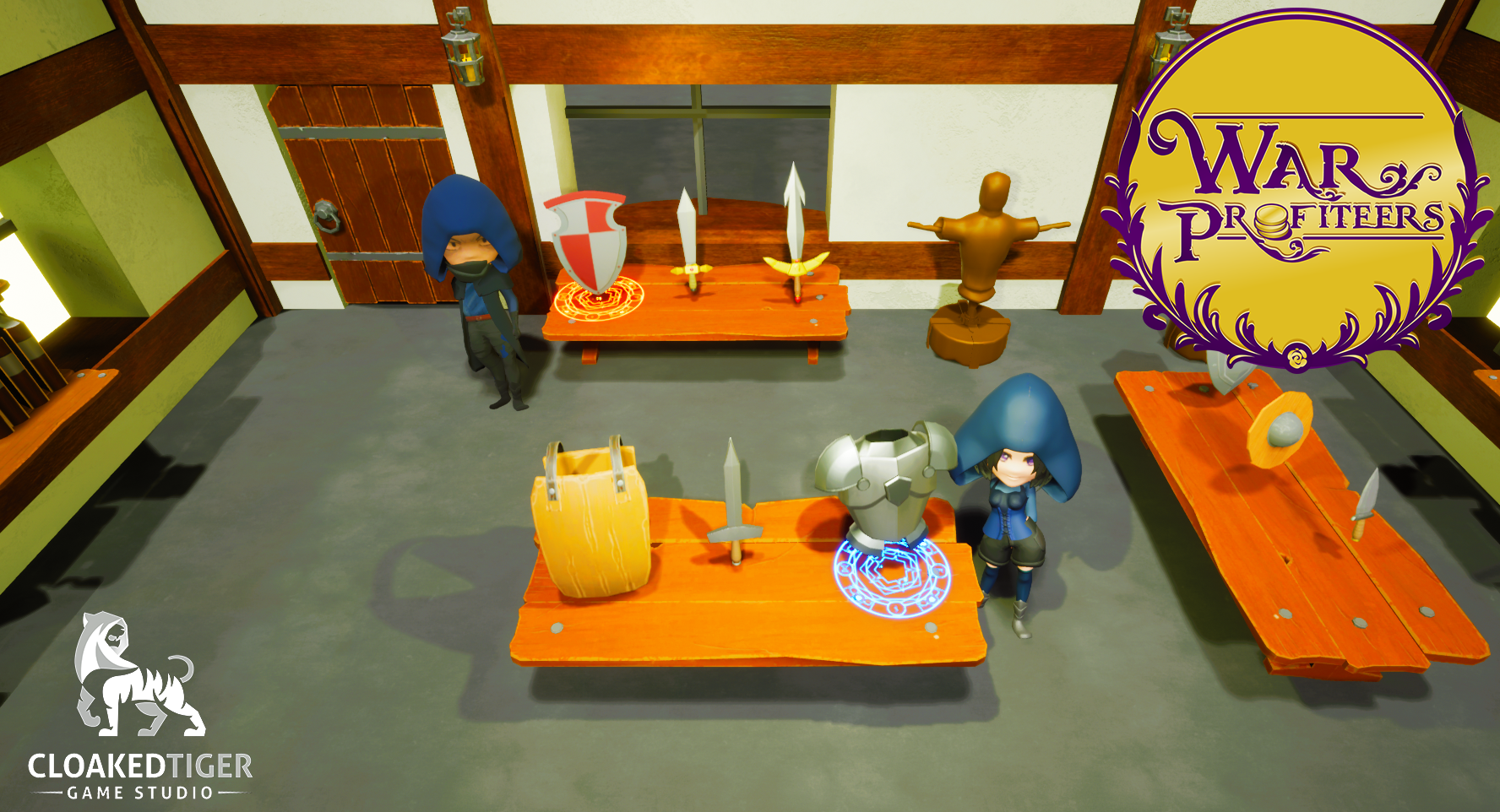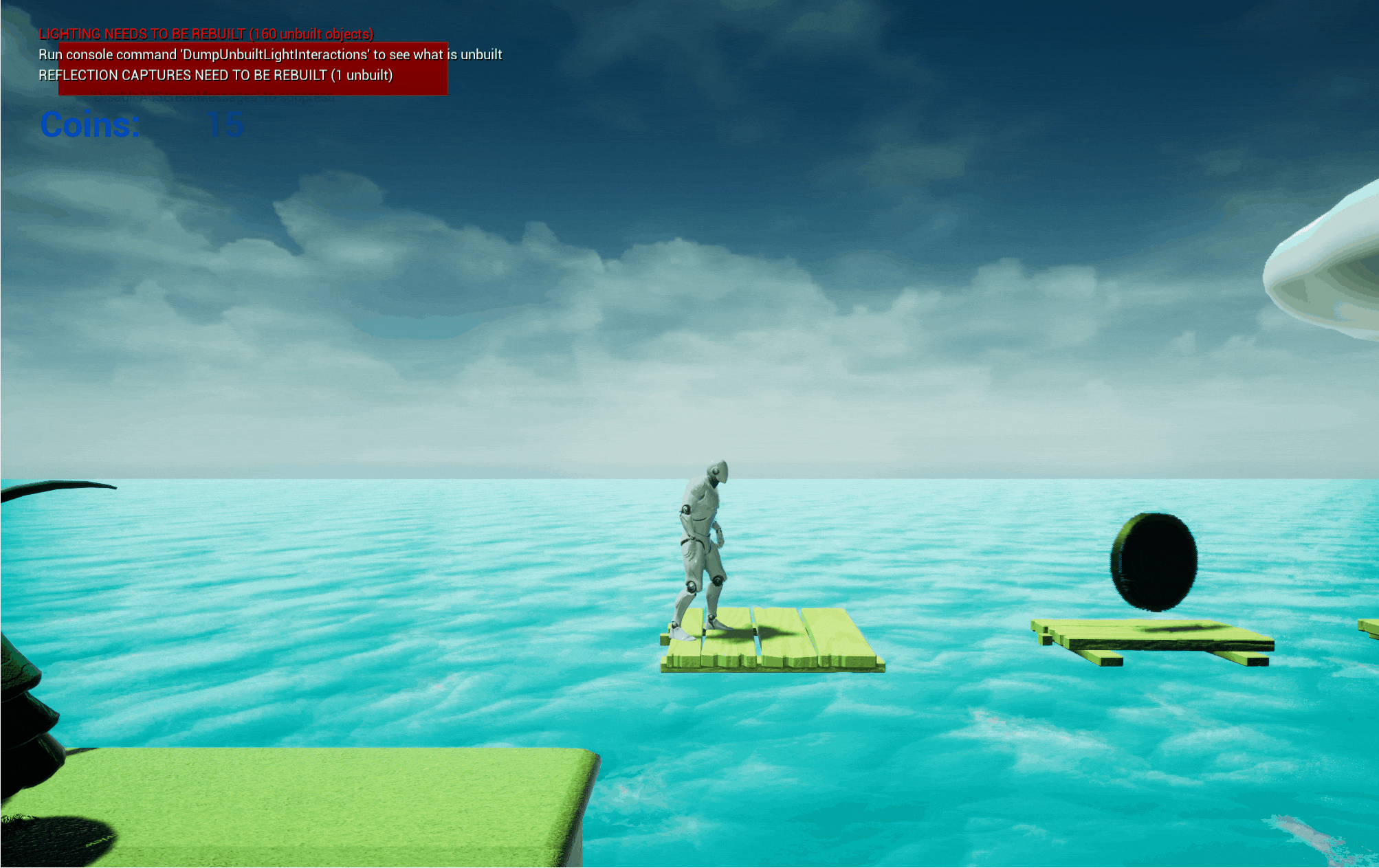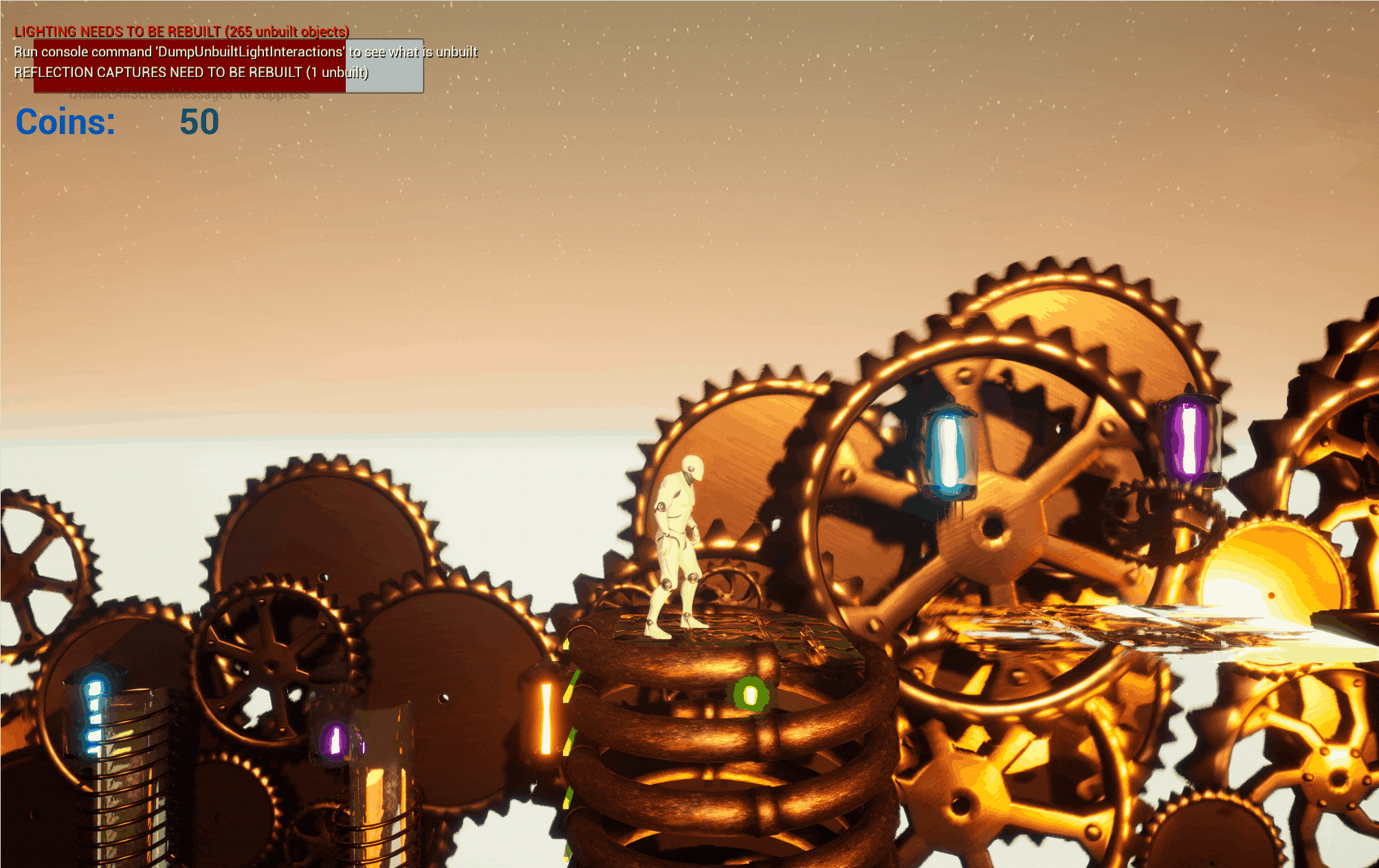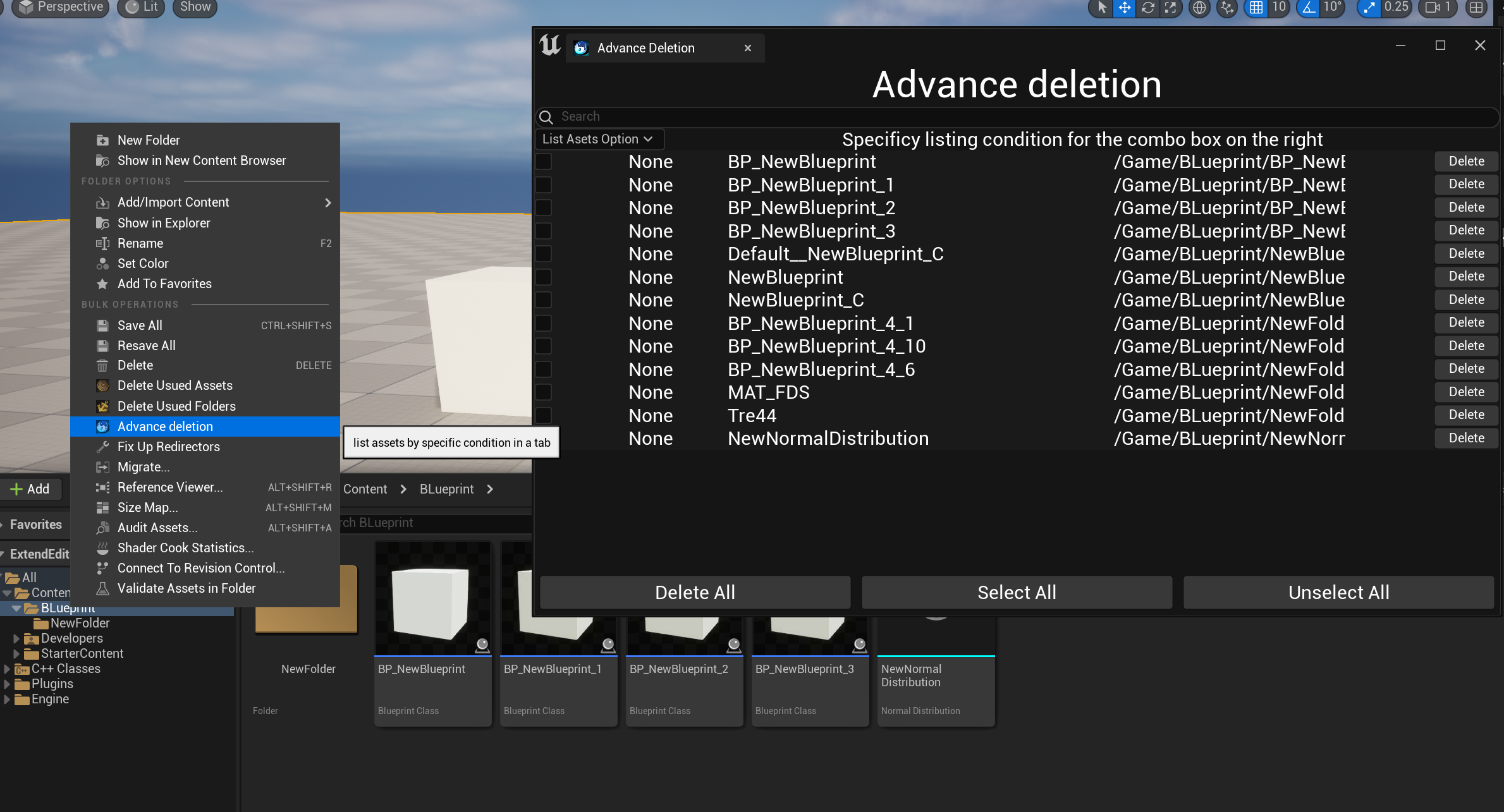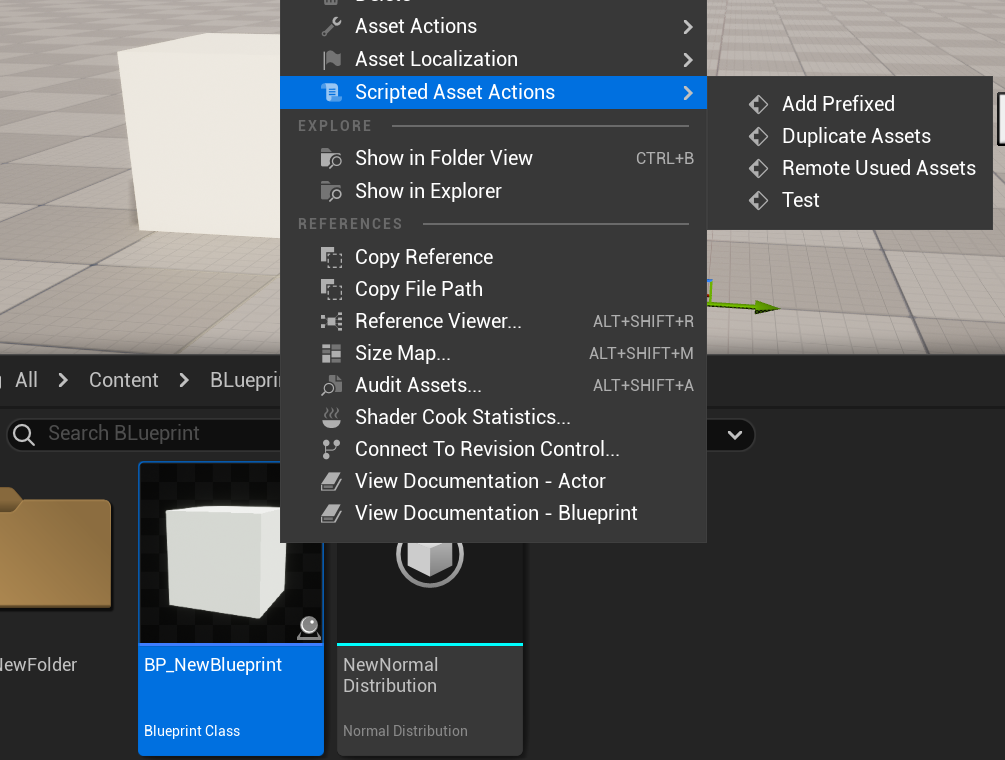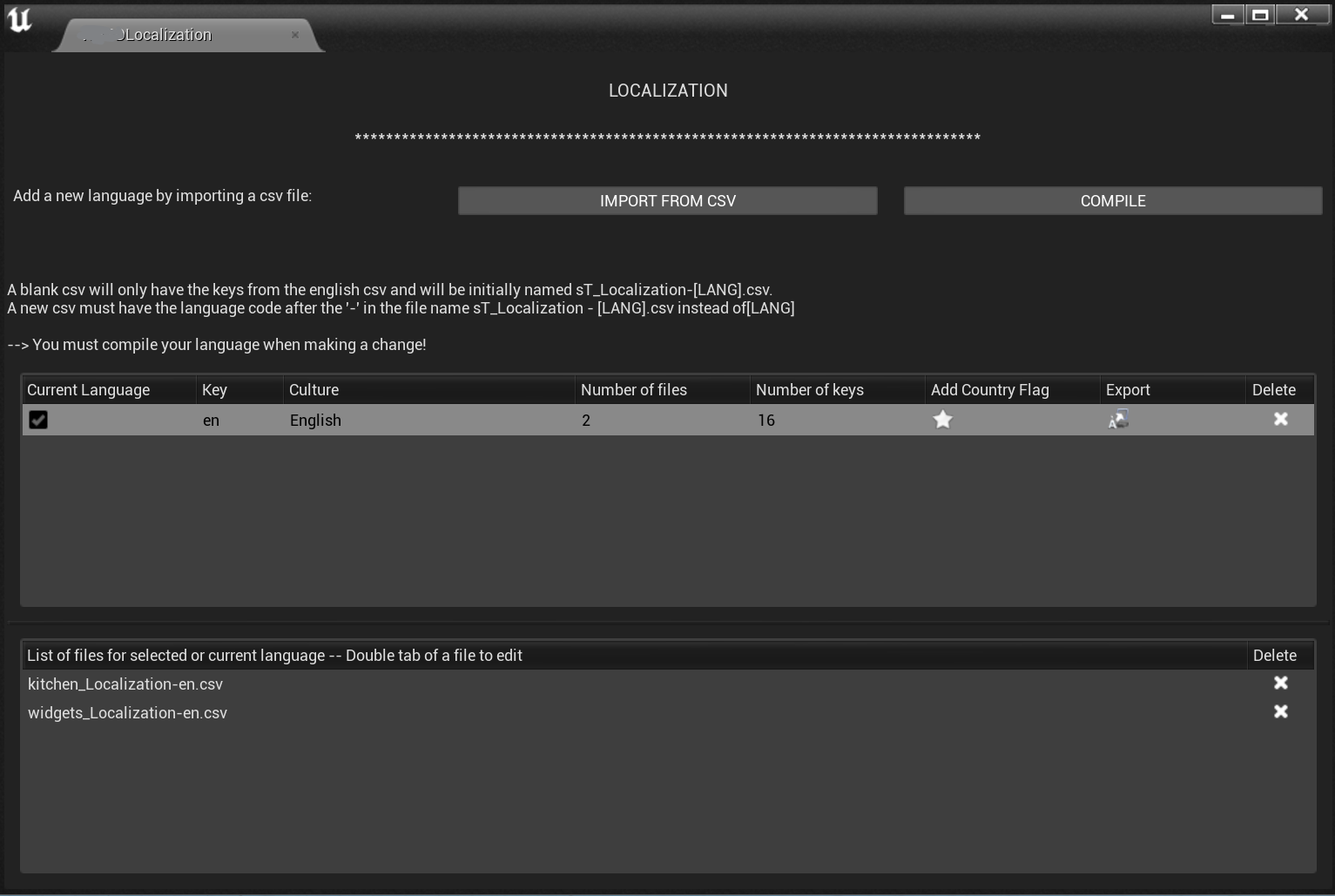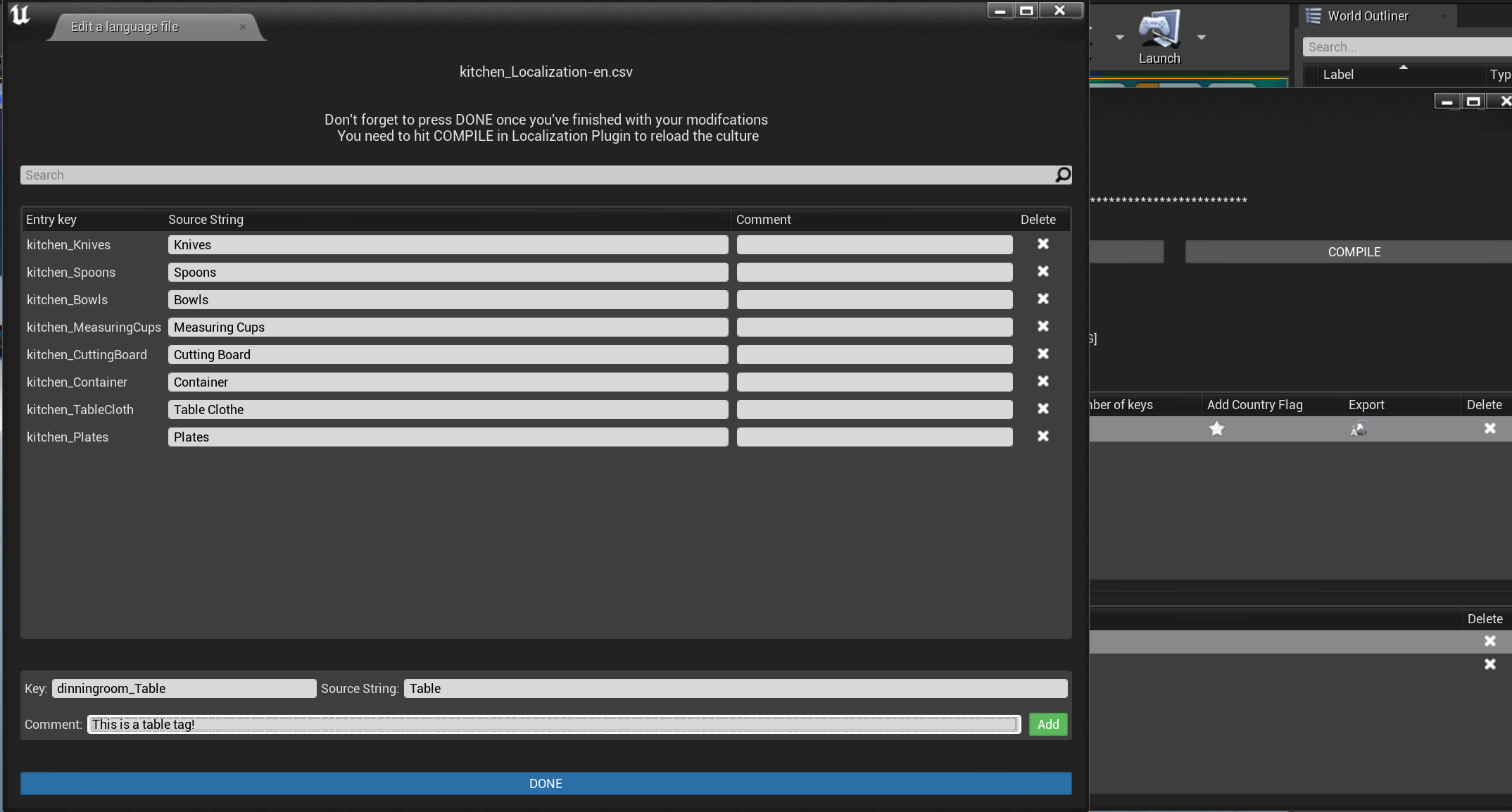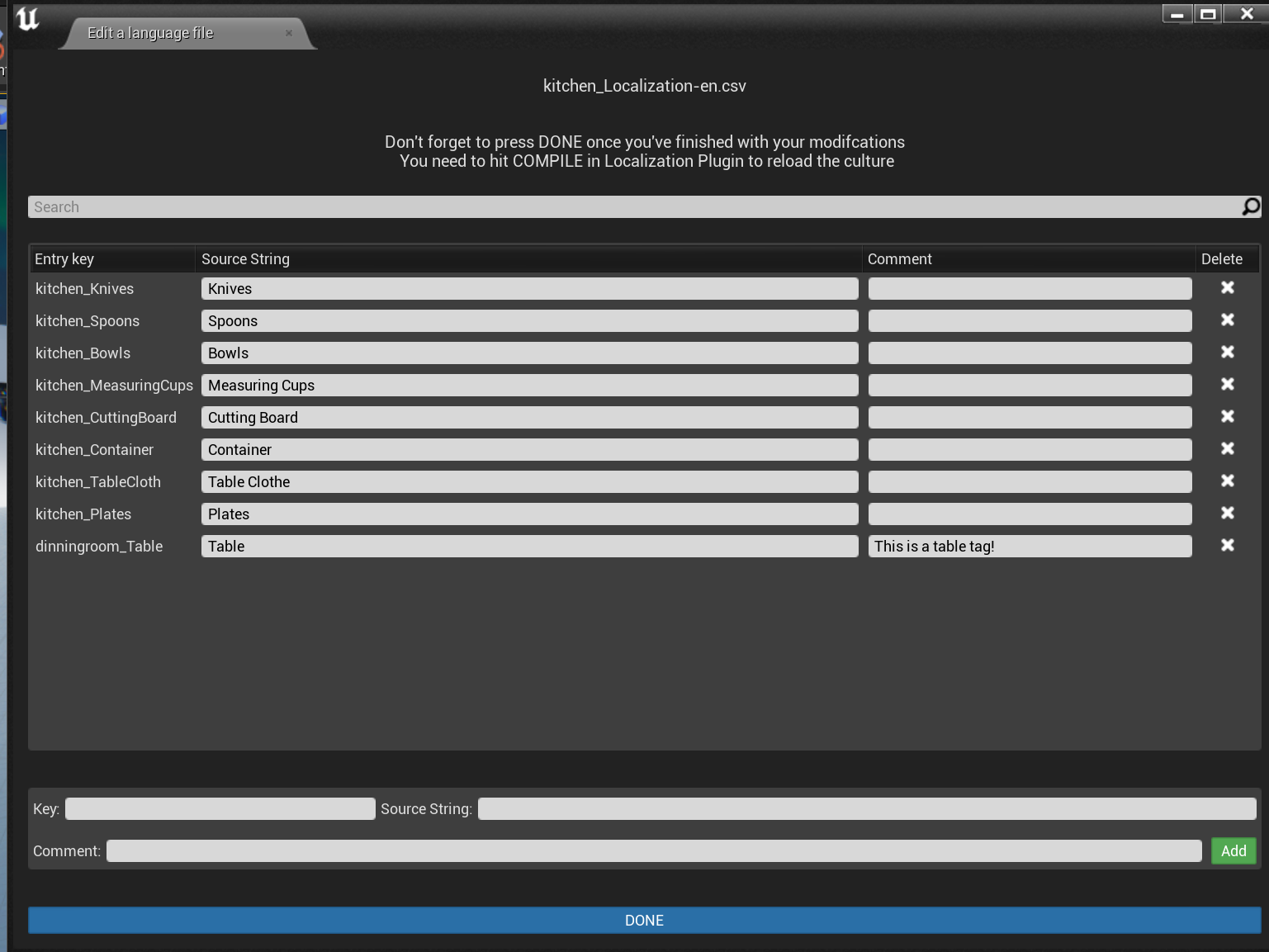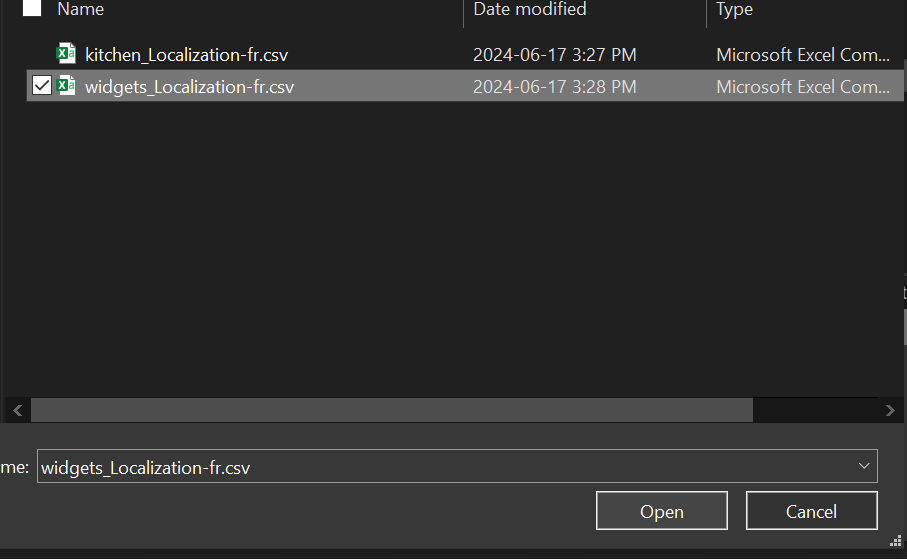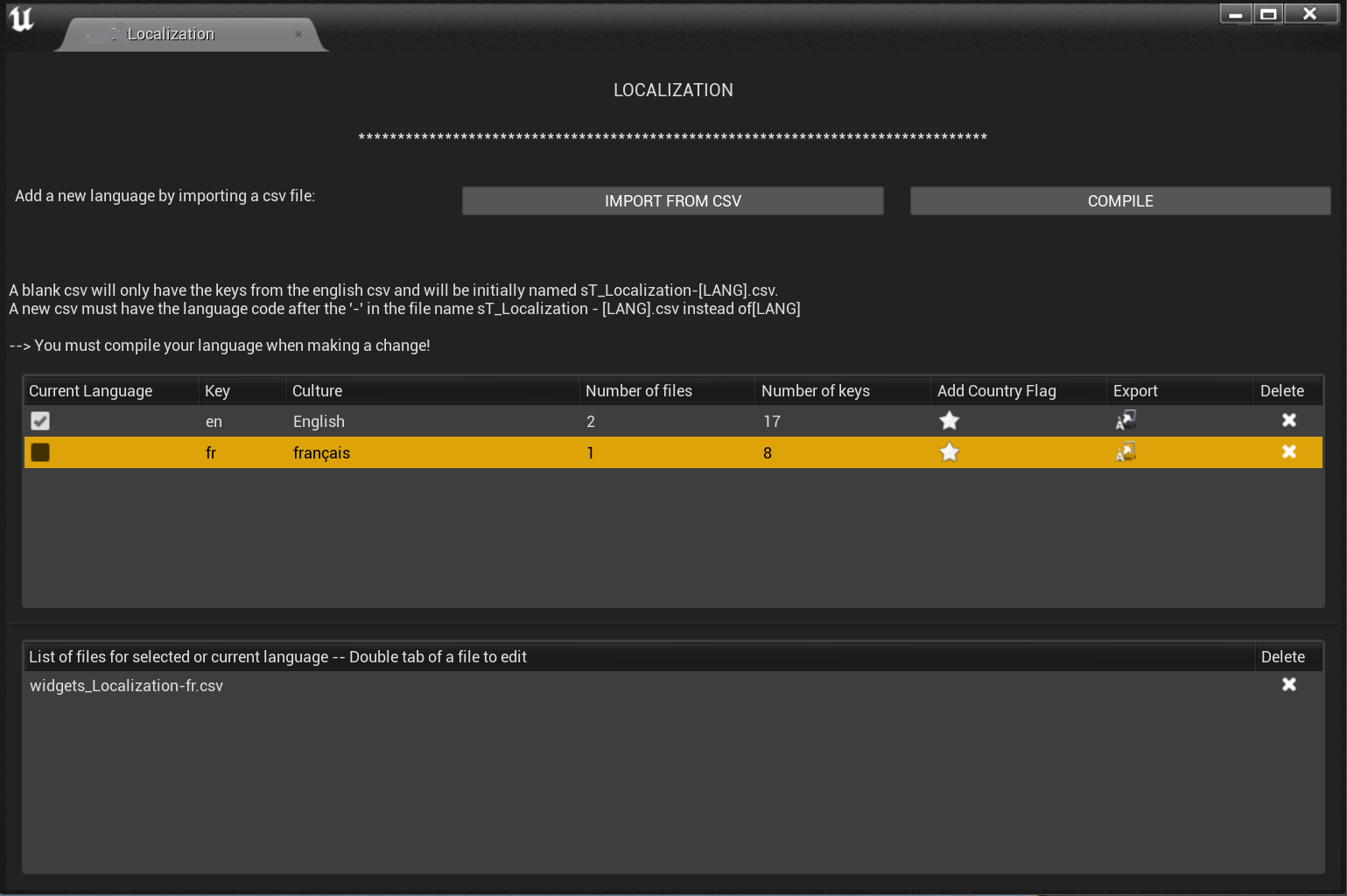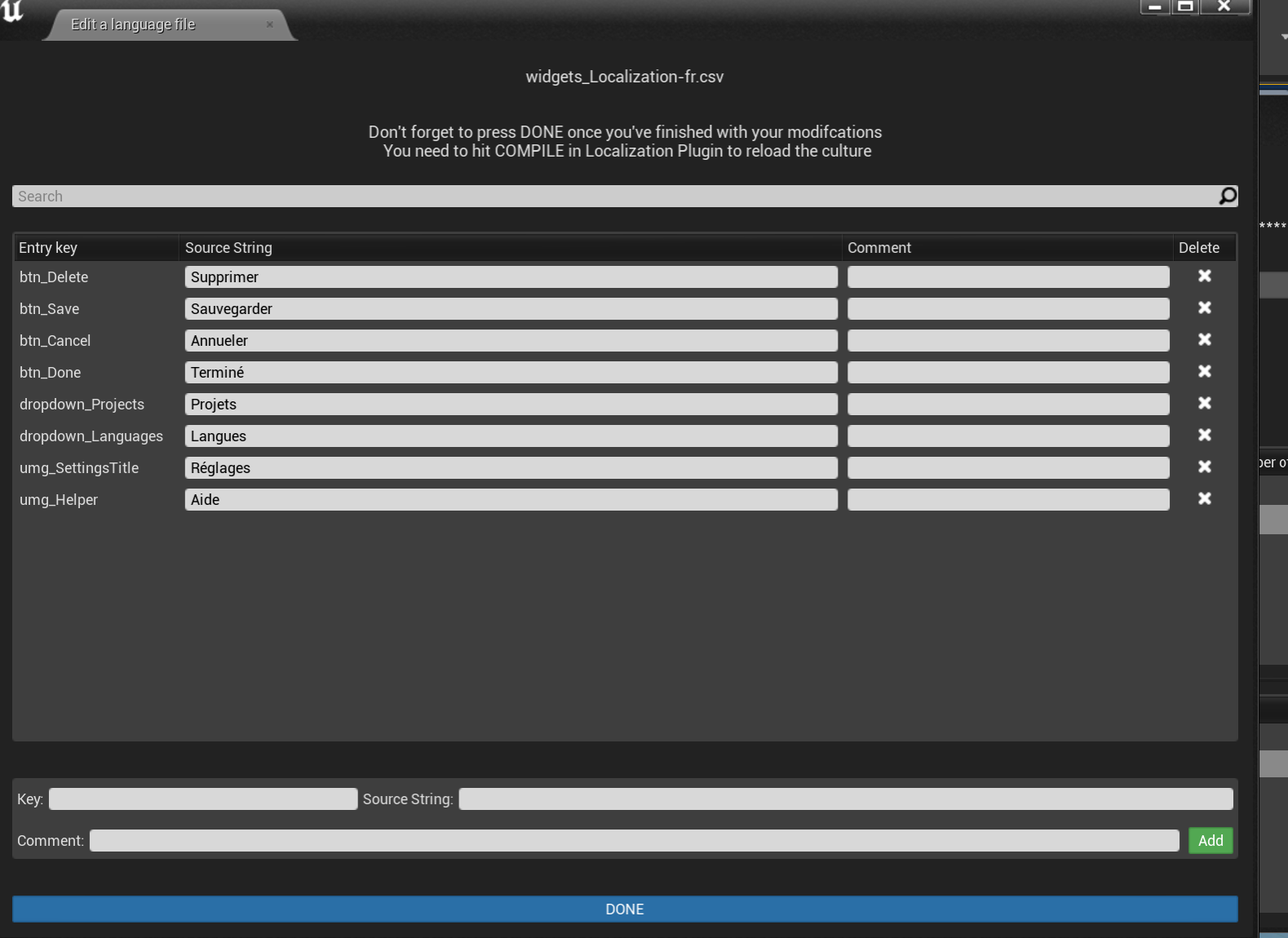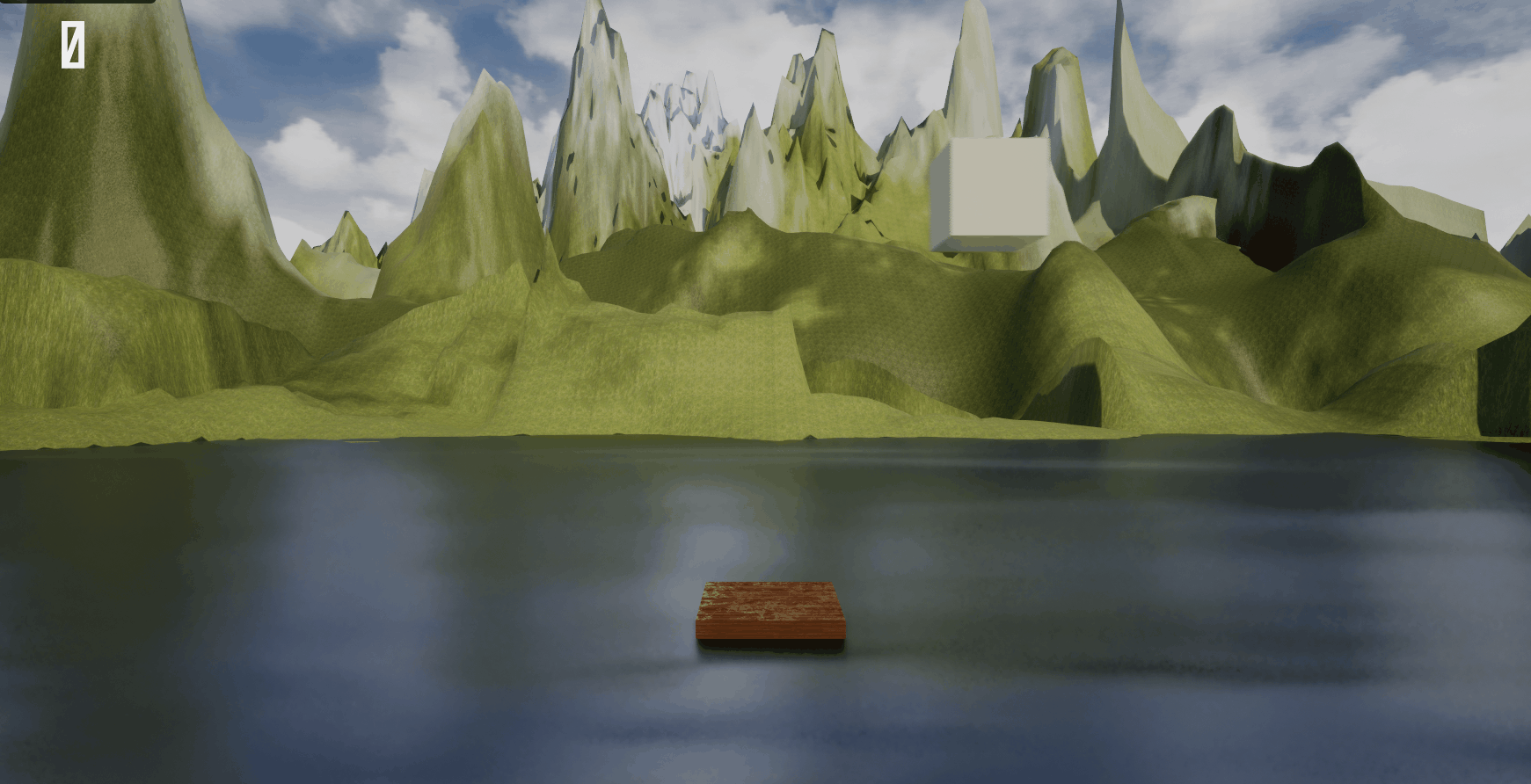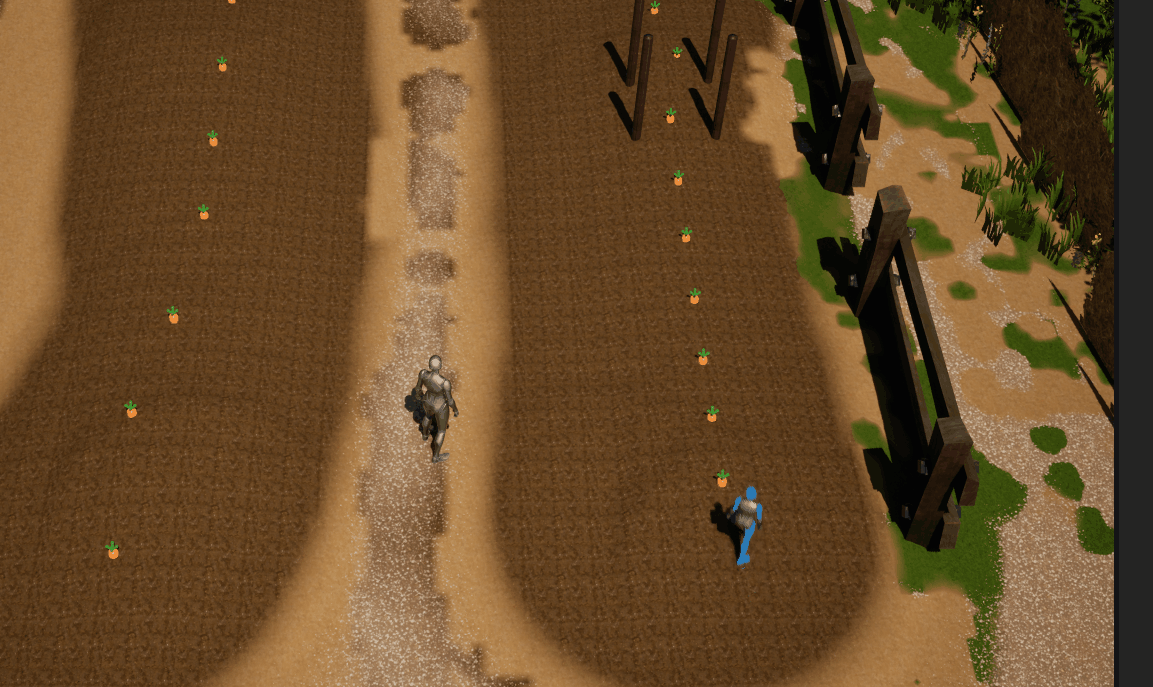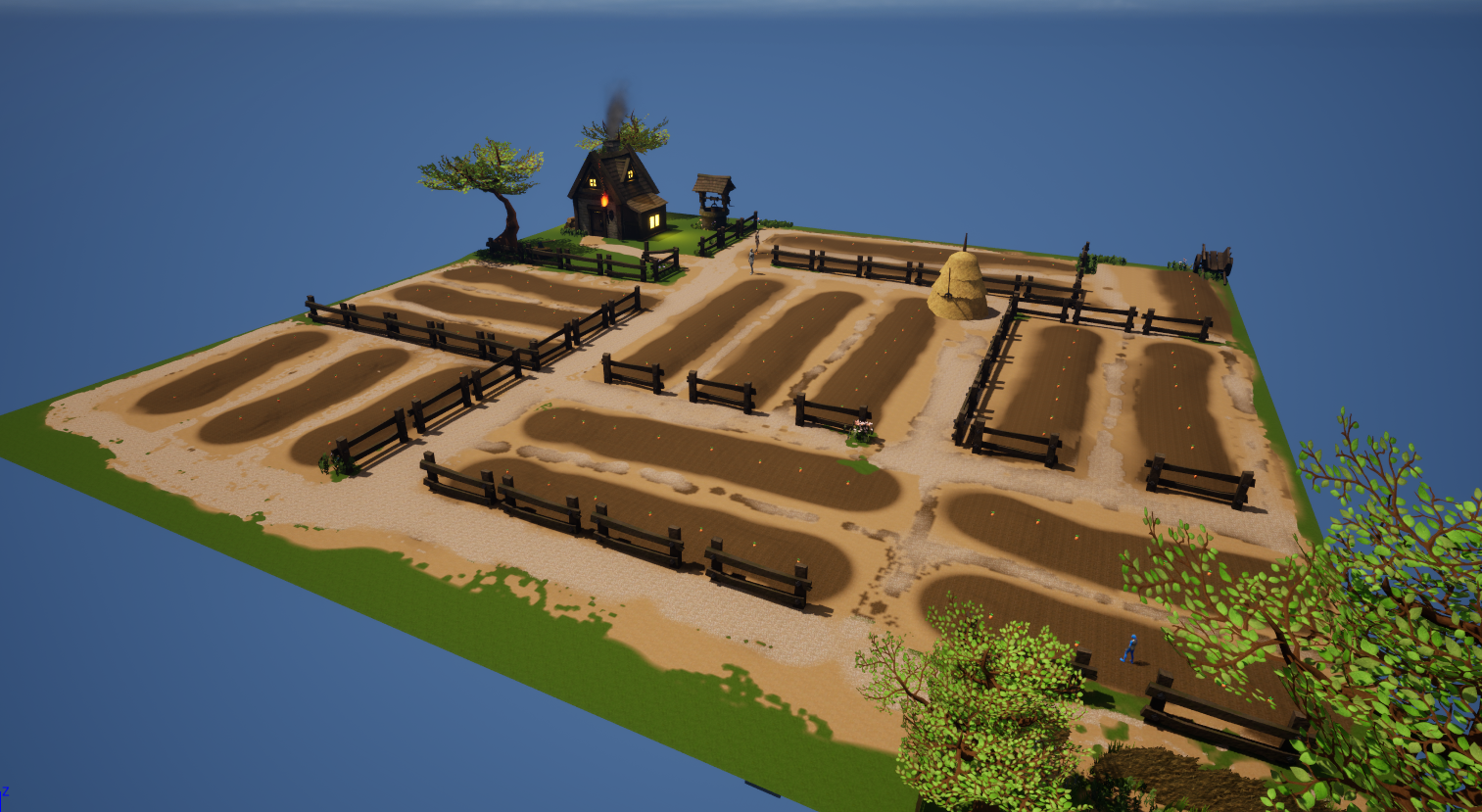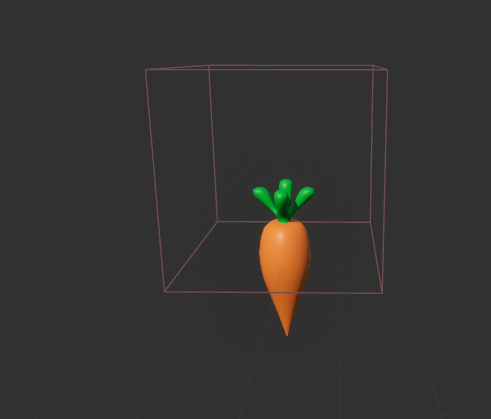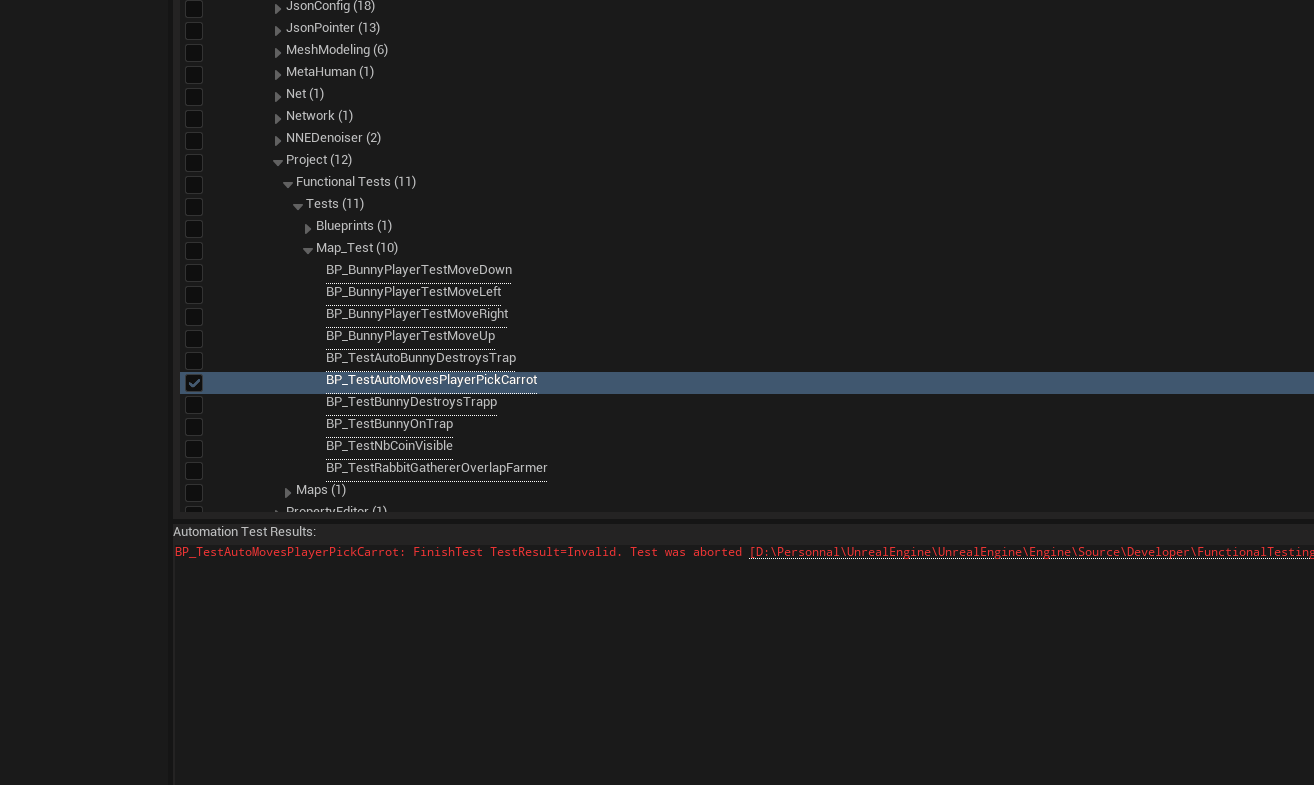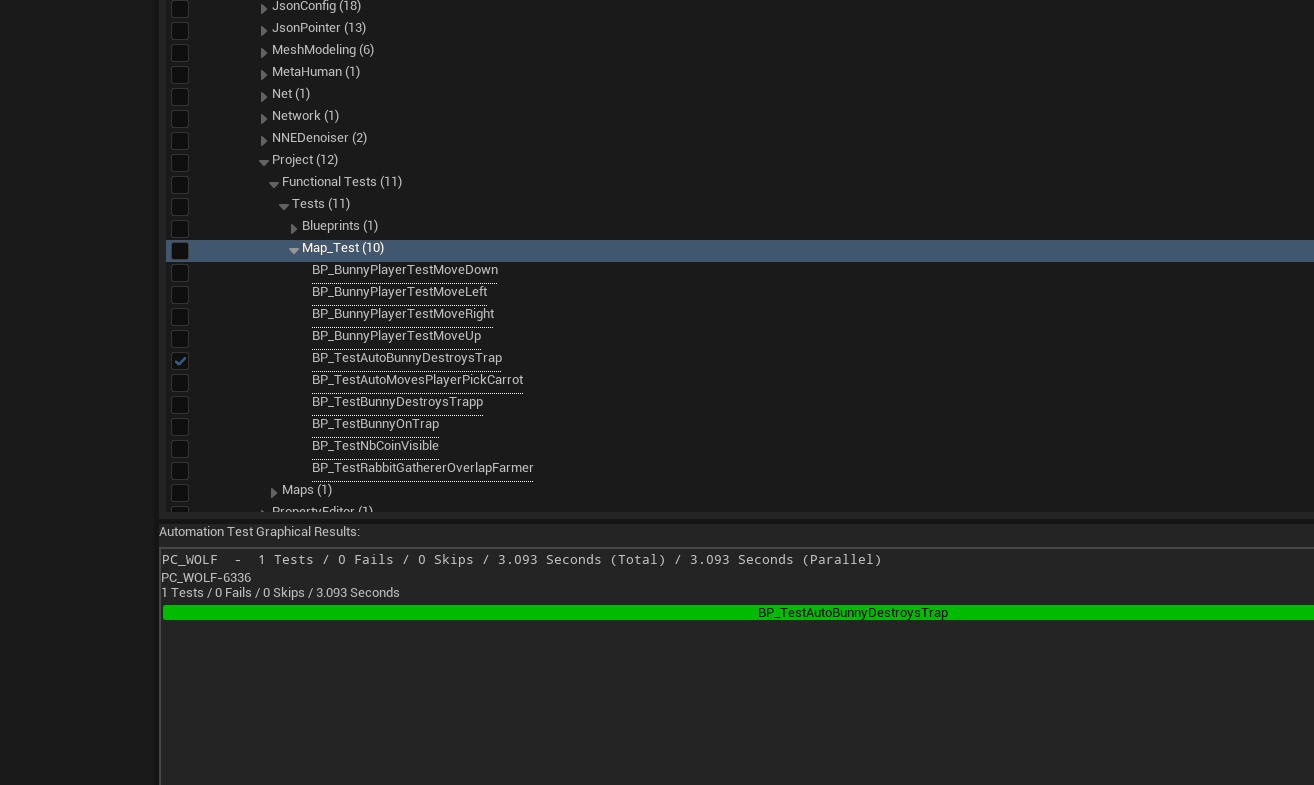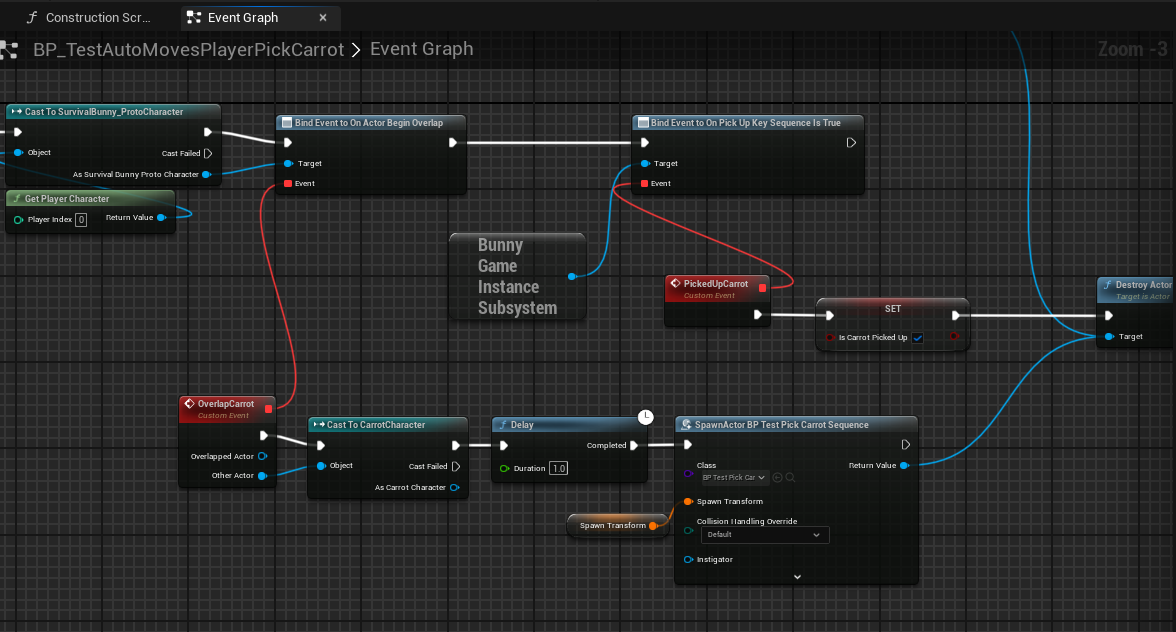Work Experience
A little presentation on my work experience
XIX3D
Some of the main skills I learned
Unreal Engine C++
Unreal Engine Plugins
Unreal Engine Tools
Junior Supervision
Unreal Engine Slate
Localization
Perforce + UGS
Documentation
XIX3D is a company that specialize in the aftermarket of cars. It has created a wonderful tool that allows car customisation. You can render your creations in a hyper realistic environment to create montages, videos or photos.
I had ownership of developing a UE tool to integrate translation files using Unreal Engine C++ Slate system. I supervised two juniors devs on features implementation. For more information, you can click on the Localization Plugin tab above. There are some pictures of what the plugin looked like for the developpers. Additionally to working on the localization, I adapted some C++ UI widgets for text going overboard with translations so text scrolls when the mouse is over. I was also taked finding the right tool to store and create internal documentation for future developpers.
company website: https://xix3d.com/
A image of what the application looks like (from their Youtube)
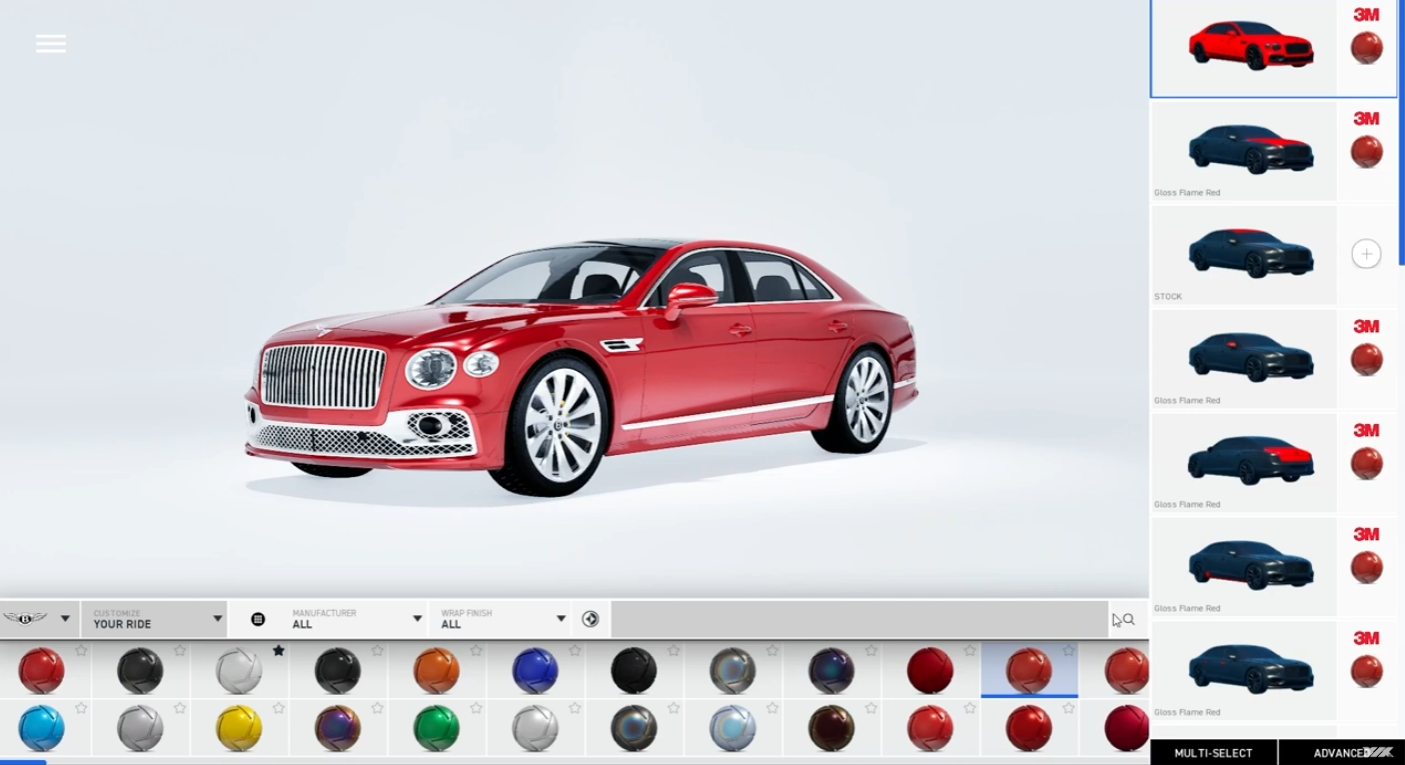
PrecisionOS
Some of the main skills I learned
Unreal Engine C++
Unreal Engine Blueprint
Unreal Engine Widgets
Unreal Engine VR
Unreal Engine Multiplayer
Line tracing
Localization
Perforce + UGS
PrecisionOS is a company that creates realistic surgery stimulations in a virtual environment for educational purposes. This makes learning surgical procedure extremely easier and cost efficient has it shows many metrics following your every steps to make sure you do the operation right. A operation can be done alone or in multiplayer with many people. This allows a very immersive experience similarly of a classroom.
I asisted in the development for realistic surgical experience in virtual reality. I worked in creating the step-by-step logic to perform accurate surgeries in the operating room environment. Setting what makes a player able move to the next step and cues on how to use the available operating instruments. The work requiered much communications with the artists and doctors for accuracies, both in the visuales and the precision. Many steps demanded much maths to calculate the metric and accuracy in real time. An example of surgery I worked on from the beginning is this module:https://www.linkedin.com/posts/precisionos_introducing-the-shoulder-approach-module-activity-7219704082825932801-rnNa?utm_source=share&utm_medium=member_desktop
company website: https://www.precisionostech.com/
This shows a bit what pulling the muscle with instruments in VR after cutting through the skin
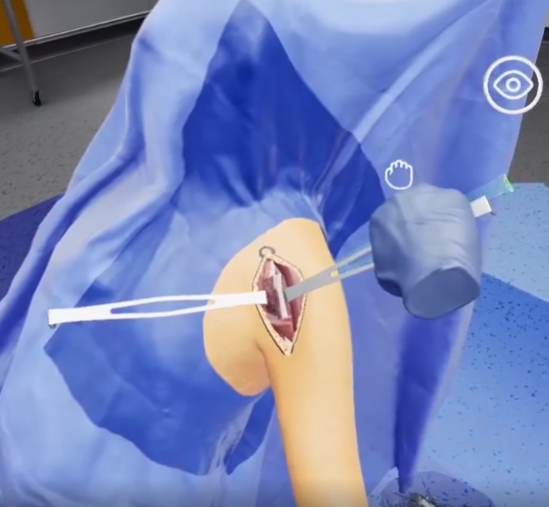
This is shows the metrics after cutting through the shaft during a shoulder operation

Maik
Some of the main skills I learned
C#
Blazor (html)
REST API
MySQL
Gitlab CI
Docker
One of two developpers working with an external client to create a MOOP plateformed aimed at the mining industry in Canada. We created a full plateform that allowed the creation of surveys to test the knowledge of miners. They had the chance to have full reviews on their skills and where to find information to strengthen their weak areas. The owner had a detailed metric for any surveys made, on anyone. This way, they could determine if certain groups of workers needed further training.
One of my jobs was to create a system that creates surveys and show the results
This shows a bit what the survey list looked like
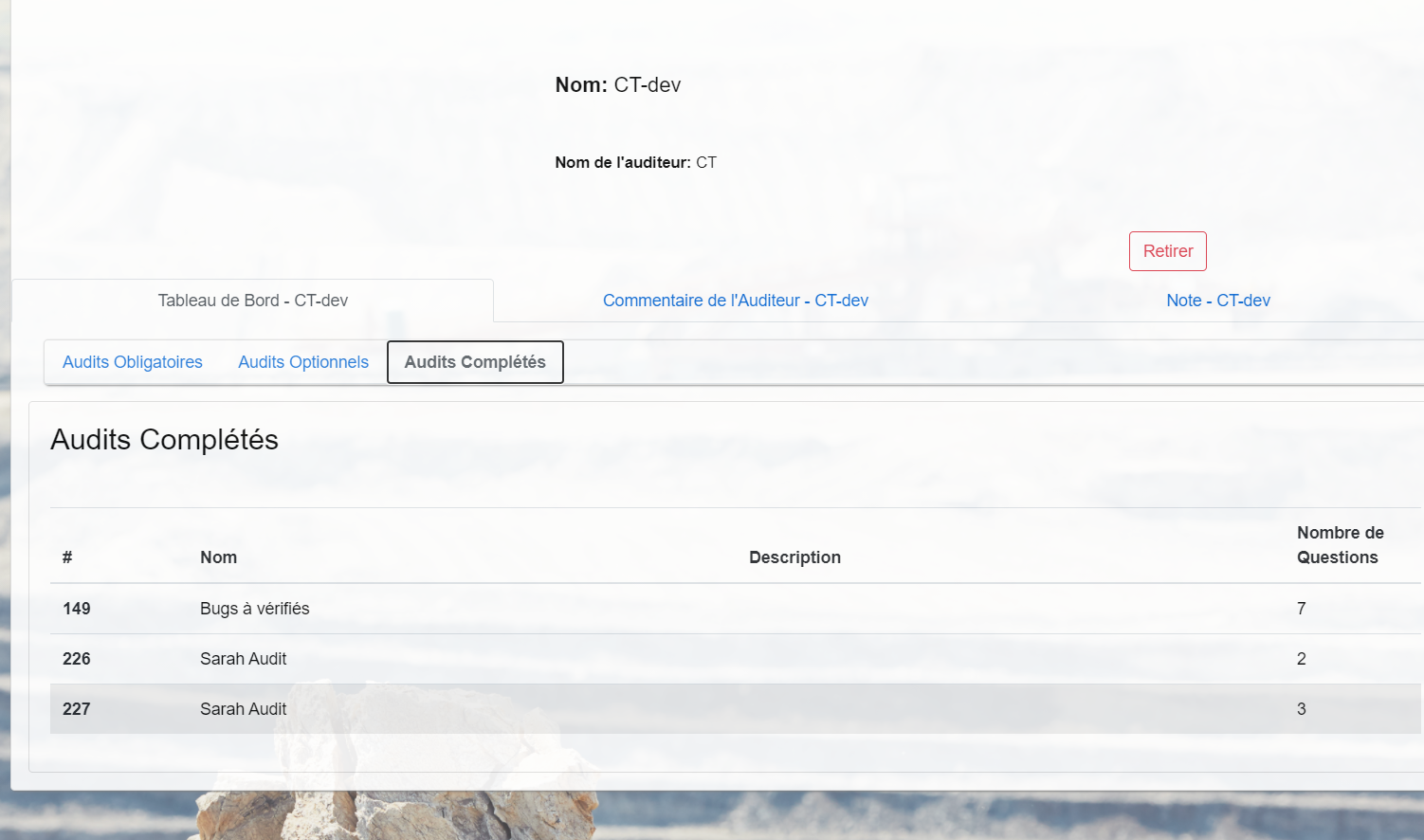
This shows what the result of the analysis could look like. It would who the question, what the choices workers had, percentage that got it right. In this example we could compare the result of worker in particular to the others
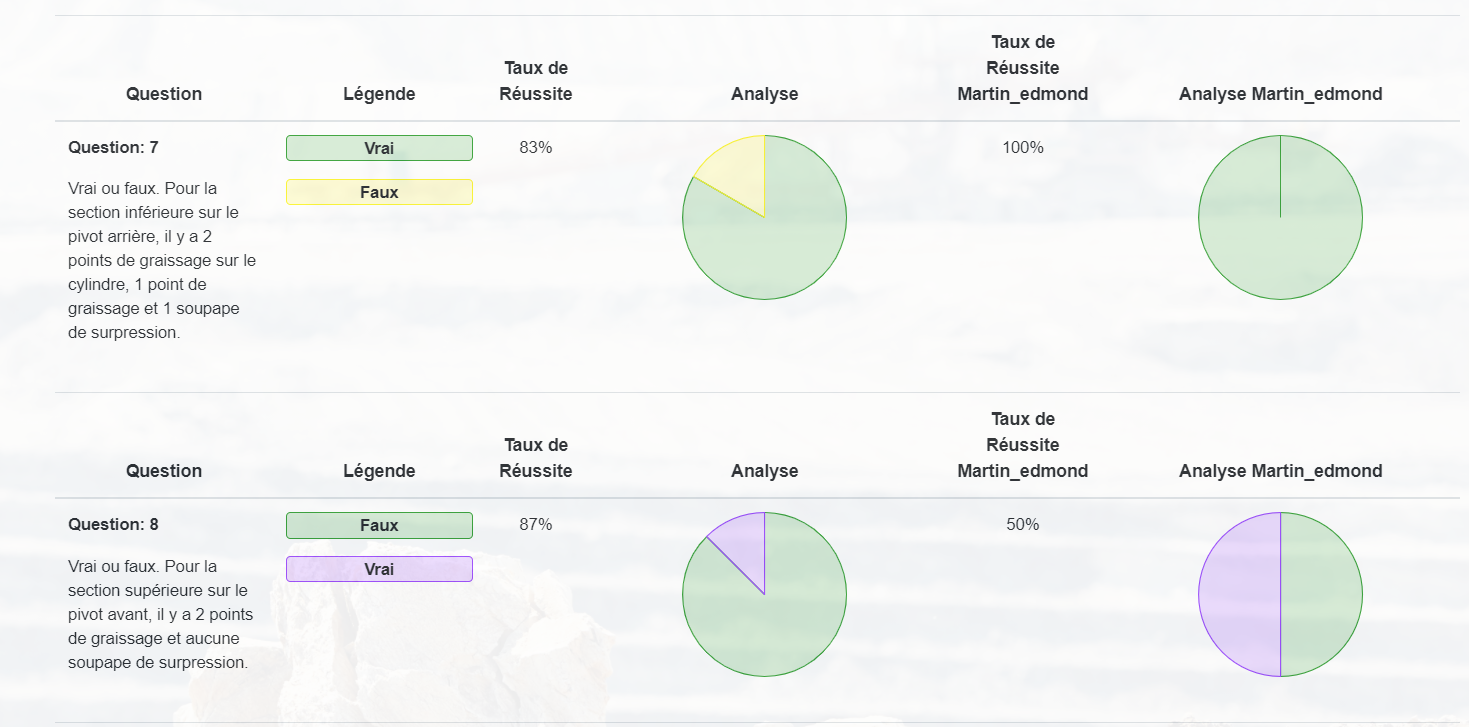
Cloaked Tiger
Some of the main skills I learned
C++
Unreal Engine 4
Behavior Tree
Unreal Engine UI
Gitlab
Unreal Engine Blueprint
I was a developper working to create a shopkeeping game. The aim was to manage your customers whislt making profits from them.
A image of what the game looked like
